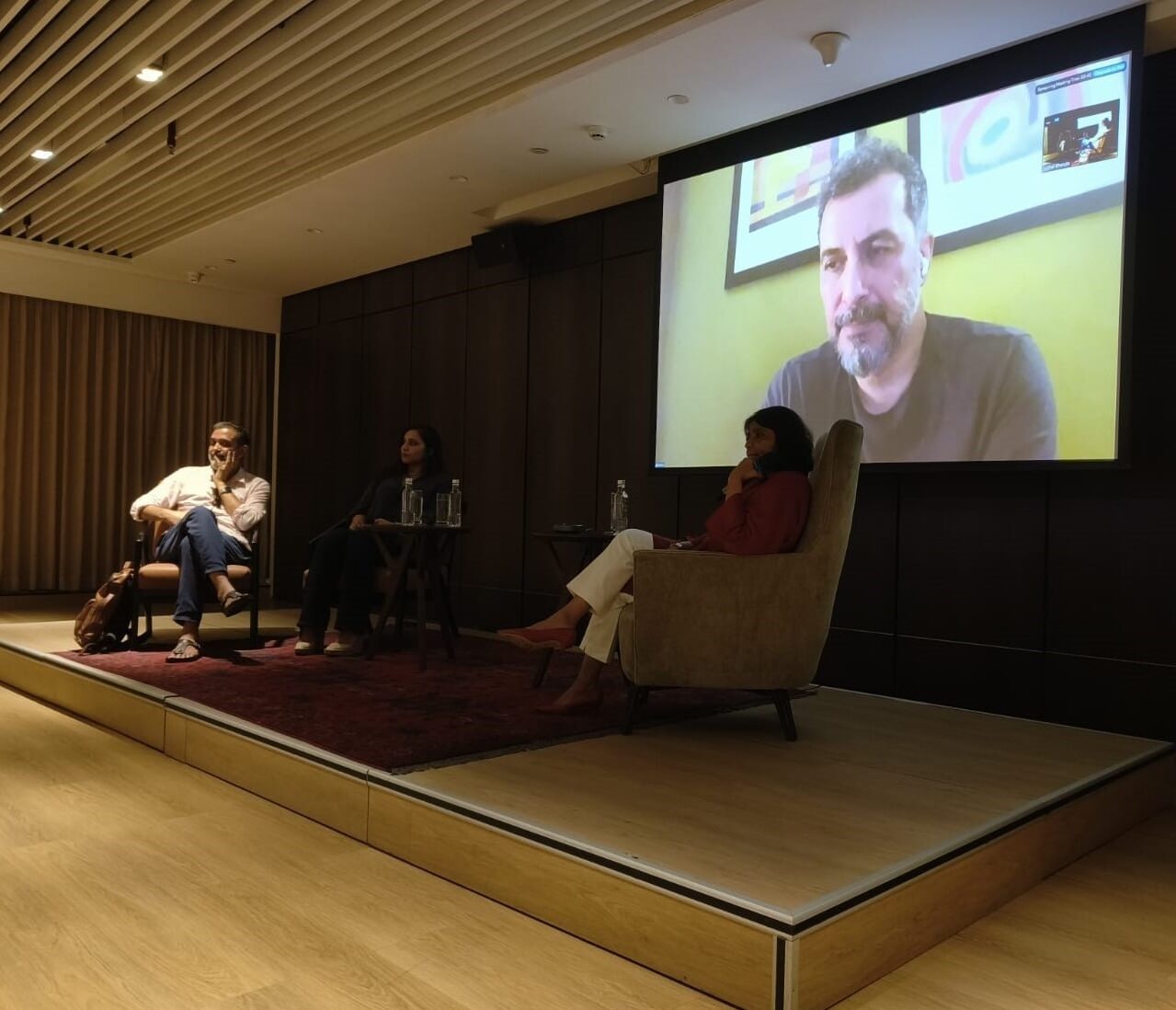Aamir Bashir’s film treads the same contours–half widows, disappeared people, unmarked graves, the melting sanity of the populace. But more quietly and forcefully led by a magnificent Zoya Hussain, and a stunningly detailed, beautiful background score
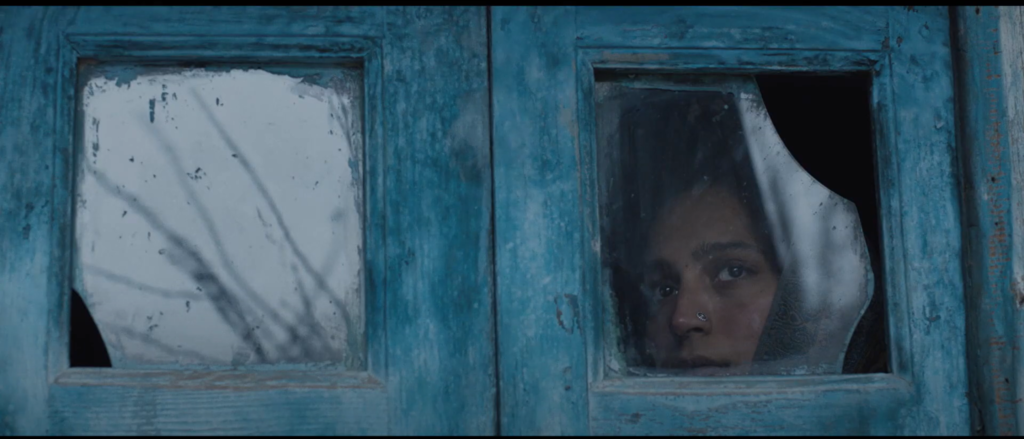
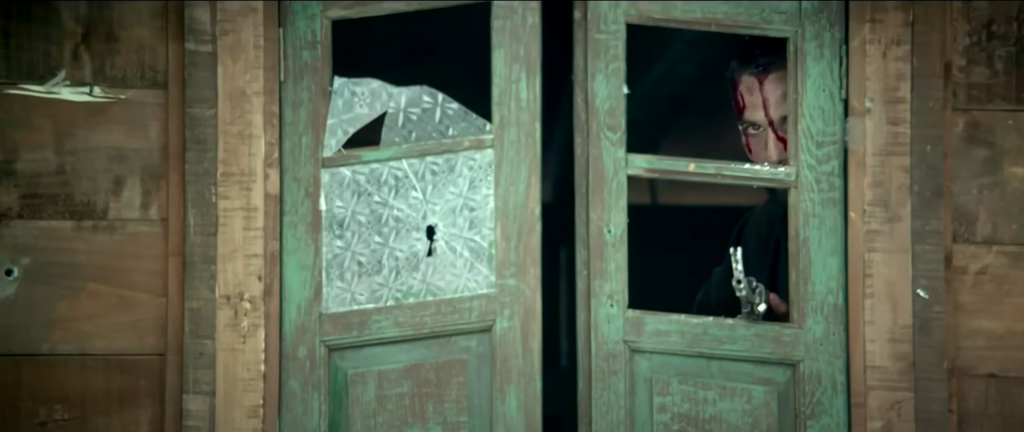
In a cold mordant Valley slipping into the white, snowy winter beloved of tourists, a young woman searches in increasing despair for her husband who has not been seen in months. She loses her domestic worker’s job in Srinagar when her employer realises that she is in the city primarily to look for her missing husband—an inconvenience to her family because she does not want the cops to come knocking asking if she is shielding a terrorist’s family. Cops extort bribes to provide information on missing persons and provide misleading suggestions without blinking. As much as the cold outside, the weather within the populace here is also unthawing.
The premise—of something rotting in the state and populace of Kashmir—is familiar. Vishal Bhardwaj’s Haider treads the same terrain: a doctor (a king of a man to his son Haider) goes missing after cops pick him. In his absence, the doctor’s younger brother marries the man’s wife, and makes a move to become an influential figure in the community, like his brother was. The son, the eponymous Haider, goes in search for his missing father whom we know from a sense of foreboding built from the screen text (building nicely on the news reporting some of us have read) will not be found. How do we know this? From the people we see slowly going mad on screen, from the hypnotic incantation-like exhortation used in the trailer itself: “Haider, seek justice for me, from my brother. Shoot him in both his eyes, those eyes with which he laid a trap on your mother.”
Aamir Bashir, the director of Maagh, is a part of Haider’s cast. He is the Laertes character, Haider’s girlfriend (Ophelia’s) brother. It is natural to assume that Maagh is shaped by Haider and it may well be—works shape us even if we are not copying them. But one thing to remember is that Bashir began working on the story 12 years ago. Haider released in 2014. A fair conclusion would be that Maagh and Haider developed simultaneously, but the latter with its powerful star cast (Bollywood stars Shahid Kapoor, Tabu, Irrfan and Kaykay Menon) got made much sooner. The two films can be seen as companion pieces.
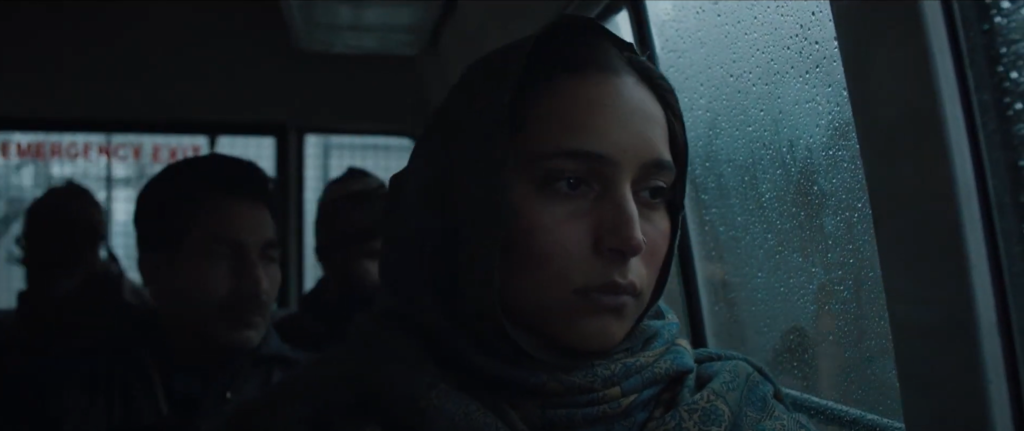
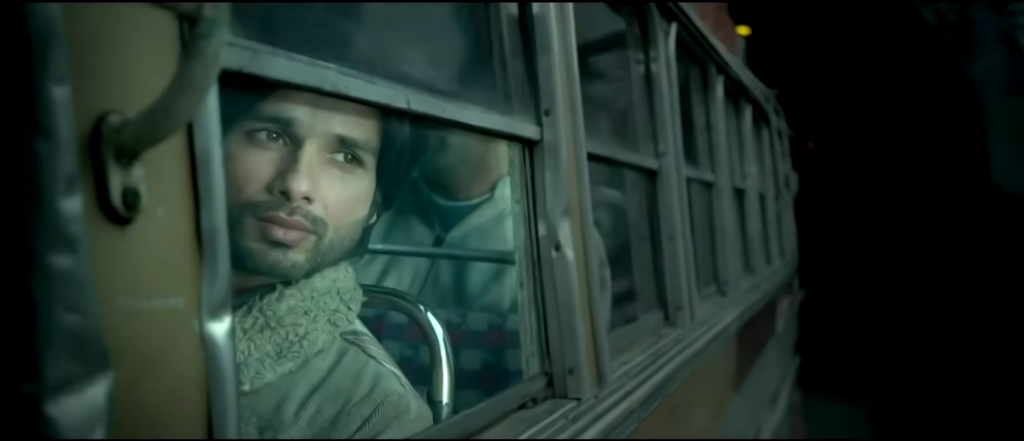
Compared with Haider, Maagh has an unknown cast but no less competent. Haider is the atypical mainstream film where the stars perform superbly in a complex, dark, depressing story. Maagh’s performances are magnificent as well. The difference is that they are not headlining names like Irrfan, Tabu and Shahid Kapoor. Zoya Hussain, the protagonist, has appeared in a moderately prominent Hindi feature film called Mukkabaaz, directed by Anurag Kashyap, where she played a mute character, and superbly. Here in Maagh, she barely speaks although she is not mute. Hussain appears to be able to summon an energy, a register of performance that does not need dialogue to speak with the audience.
At a very basic level, cinema can be broken down into the visual and the aural components. Image and sound. Film acting, then, constitutes the visual and the spoken aspects of performance. This is why the National Award for acting requires that a performance is not dubbed for it to be eligible for consideration. (This rule was blithely violated, and the fact of her dubbed voice suppressed by the team of Bariwali when Kirron Kher was nominated for an acting prize at the National Awards. She won. Note: the producer of the film is Anupam Kher.) Voice acting was the great shift when sound was introduced into the cinema in the late 1920s. Silent cinema sought performers who could move the audience with their image alone. With the coming of sound, many silent stars and superstars fell away, unable to furnish that dimension in their performances.
But film performance in the silent era had a certain quality that when done well left an indelible mark. Perhaps this is why Charlie Chaplin’s screenwork retains such a hold on his admirers. Hussain has a fine voice, good modulation, she certainly does not lack in this department. At the screening I watched, director Bashir praised her for getting the Bakharval accent right. As a viewer, this was lost on me. But Hussain’s performance to me seemed to transcend all this excellent detailing, moving in a primal register that was beyond accent and costume and other…well, accessories of detailing. I know this suggests I am diminishing the role of voice in performance. I am not. It is like the bison drawn by the caveman that Utpal Dutt’s Manmohan Mitra points to in Agantuk. There is a primal force in those cavemen drawings that is astonishing. That does not mean that later art does not have beauty. It does. But it lacks the brute force of the charging bison of the caveman drawings. Hussain’s performance is in that essential, primal register.
Aside from the premise and the crosspollination of cast and director in Haider and Maagh, there are other similarities in the story: both have crucial phantom figures, gravediggers, the attendance of madness, the impossibility of open and clear communication. One difference is that the protagonist in Haider is a young man descending into madness; in Maagh we have a young woman who remains clear-eyed. If anything, she sees even more clearly by film’s close.
More than once, we see Zoya Hussain examine her face in the mirror, which suggests to me that she knows who she is, hasn’t lost herself in the pursuit of who she needs to be. That old chestnut about being able to look yourself in the eye. Her missing husband Manzoor, who returns without warning (like the ghost he keeps seeing), is never shown looking at the mirror. There is good reason for this. He has been beaten to such a hollow of himself that only a frail husk remains. Very likely, he can’t bear to see what he has become. Silent (silenced?) and eventually delusional, Manzoor cuts a wretched, wrenching figure whom you cannot grudge the betrayal he twists at the close. He is too far gone.
There is another figure, a youngish man called Yaseen in love with Nargis. He too is quiet, and when we may have heard him speak, Nargis lets his calls ring out, never picking up. Shabbir Ahmed Lone, a piece in Scroll writes, actually works with shawl makers in Kashmir. Both the actors who play Manzoor and Yaseen are non-professionals. Both are competent.
With every character quiet and withdrawn, there is very little speaking in the film, or so it appeared to my sub-title reading self. And what shines through in this quiet is the exquisite sound design. The background score renders the sounds of everyday life in a land slipping into a hard, bleak winter with loving detail, and it serves the function of dialogue and music both, telling us the things the characters mostly do not. It brings to mind the cinema of Iran in particular, similar in terms of the costume and some cultural details to an extent, but most of all in the mastery of this language of showing, illustrating, invoking without telling.
Haider, on the other hand, has a sexy, stylish background score with that unforgettable swag of an electric guitar riff to announce Irrfan’s Roohdaar (what a name, sensational!). It also had memorable spoken lines: the Afspa-chutzpah rhyme, the ‘to be or not to be’ rendition, and that rhythmic incantation Haider hears again and again: “Haider, get me justice from my brother.” After all, Haider is an adaptation of Shakespeare’s Hamlet and the bard was outstanding at dialogue-baazi. So this was perhaps expected, although Haider’s version of it is superb, unsurprising given the writing team comprises Basharat Peer who wrote the book Curfewed Night. Maagh goes the other way, embroidering silence with the precise, beautiful aural details of the everyday. The last Indian film that I have seen with a score as beautiful as this is Konkona Sen Sharma’s A Death in the Gunj, where every little thing evoked the frozen in time capsule of an unforgettable holiday in 1970s’ Mcluskieganj. Roman Dymny, Vinod Subramanian and Vineet Vashishtha are credited in the sound department on Imdb for this film.
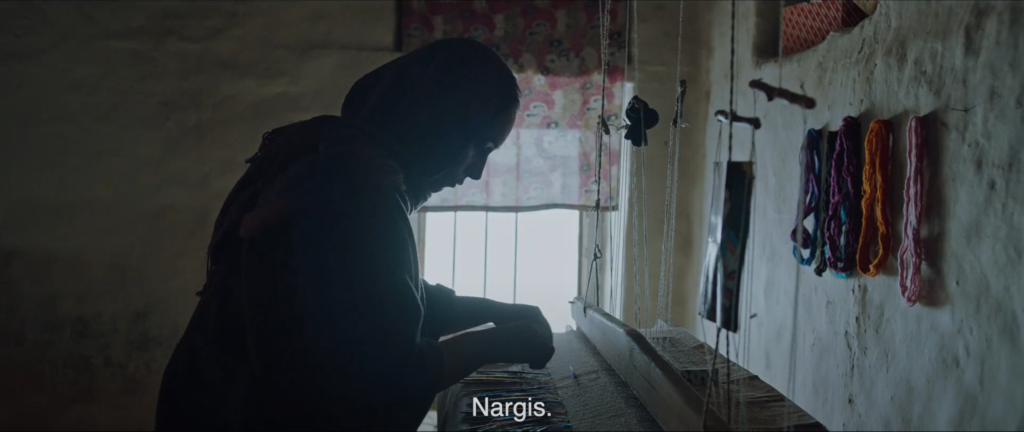
The final thing I want to talk about is the shawl Hussain’s character is shown weaving through the film that we glimpse in fullness only towards the final minutes. It is clearly a motif for Nargis’s wishfulness, the life she wants to build for herself, and when it is held up before us for us to see, we sense right away (from the long build-up?) that this thing of marvellous intricacy and beauty will not survive long. And soon enough, it catches on a knot of the barbed wire fencing (evoking most of all to me, Peer’s line about how the border runs through everything in Kashmir including the hearts of the people) and a portion of it is ripped out. It’s an effective even if anticipated metaphor for the place of human lives and wishes in the heavily militarized and political landscape of Kashmir.
I watched Maagh at a special screening in Quorum Club in Mumbai on 6 July, followed by a discussion with director Aamir Bashir (on zoom), writer and cinematographer Shanker Raman (left) and actor Zoya Hussain (centre) chaired by Anuradha SenGupta.
